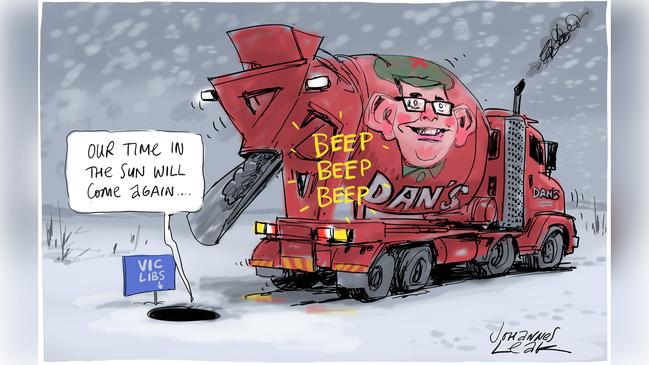
While Scott Morrison, the implications of Covid and the policy settings of the former government will be central, the review is expected to deliver a scathing assessment of the dysfunction of the party’s state divisions. Victoria will be a case in point.
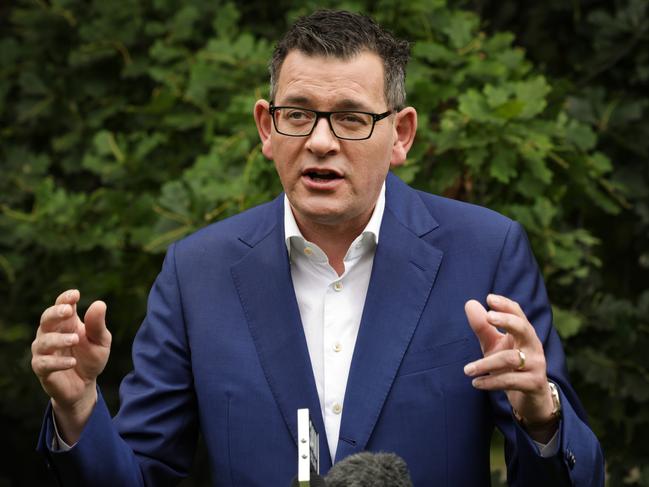
Considering the comfortable re-election of Labor Premier Daniel Andrews at the weekend, the timing of the report will serve as a sobering message for Peter Dutton and the leadership of the federal Liberal Party. The magnitude of the brand reconstruction for Dutton is now evident. The Victorian loss has reinforced the reality that he has his work cut out for him over the next two years.
The review is expected to take sharp aim at the behaviour of the state executives, so much so that it is likely to find they are no longer fit for purpose.
Unsurprisingly, it will find that the party needs more women. More than that, it is likely to also address the lack of ethnic diversity. In other words, the party no longer reflects the community it seeks to serve.
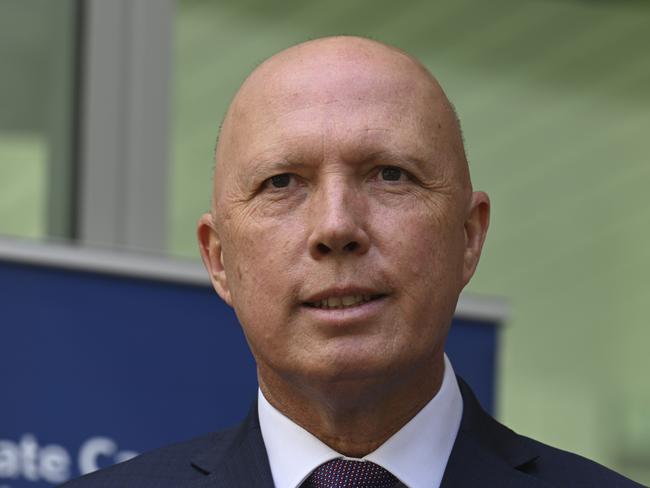
Putting the issues around Morrison aside, there are more enduring problems.
The failure to preselect candidates until the last minute, and the imposition of factional warlords running state divisions like fiefdoms, has disenfranchised the grassroots to the extent that no one turns up to man the booths or doorknock.
Getting people on the ground campaigning for the party is considered by many in the party as a precondition for trying to win an election.
The Victorian disaster isn’t an isolated problem. There are universal lessons for the Liberal Party, exposing fundamental problems shared across all the state divisions, to varying degrees.
One of the critical problems for the branches is the calibre of people being preselected, particularly at a state level. The criticism internally is that the model, not unlike Labor parties of the past, has allowed the promotion of factional mates, buddies and “branch stackers”.
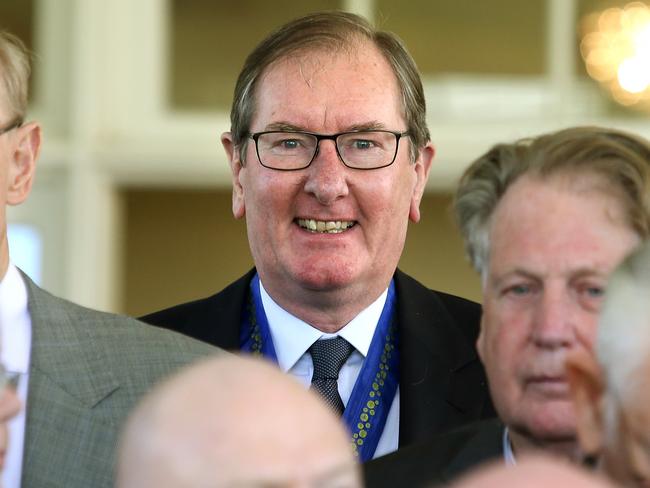
The parliamentary parties clearly aren’t working hard enough to reconnect with the electorate. In the case of Victoria, the parliamentary party didn’t do the policy work or the political work.
By contrast, Dutton and his federal parliamentary team have done well in the first six months of opposition.
Despite Anthony Albanese being in command of the political debate, Dutton has begun to develop the bones of a strategy, seizing tactical political opportunity when it arises.
Key to the ability to build at a policy level is internal unity, but this will be of no consequence if the organisation more broadly isn’t in good shape. As Victoria has demonstrated, it has rarely been worse.
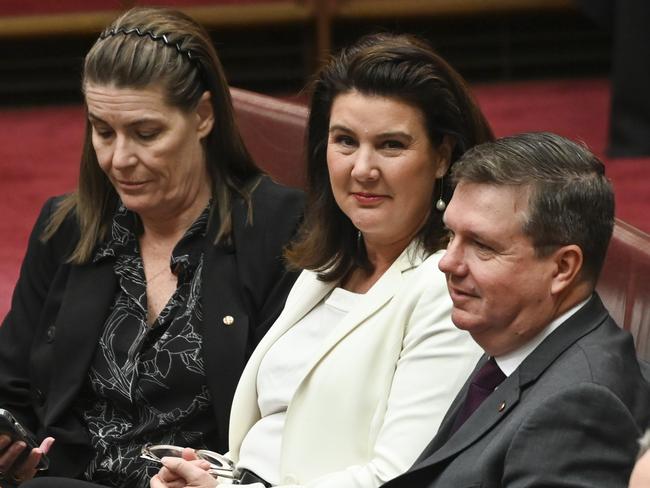
In a key state such as Victoria, there is no sign of the party position improving fundamentally. The Liberal Party failed to articulate policies that resonated with where the community is at, while contending with a superior ground presence from its opponents.
It can’t be said that Victoria is a special case, or even the worst case.
The decay is across the board in every state. In Western Australia, chaos still reigns at an organisational level.
Party elders are also bracing for a loss in NSW, where factional warfare still dominates, with the lessons of the federal preselection debacle having been completely ignored.
In terms of its ability to reform, NSW is arguably a problem child. The Queensland LNP isn’t looking too bad compared with the rest.
The national brand, such as it is with the damage from the muddied Morrison legacy, is but a product of damaged constituent parts.
Dutton’s only option is to keep maximum pressure on the party organisation to reform.



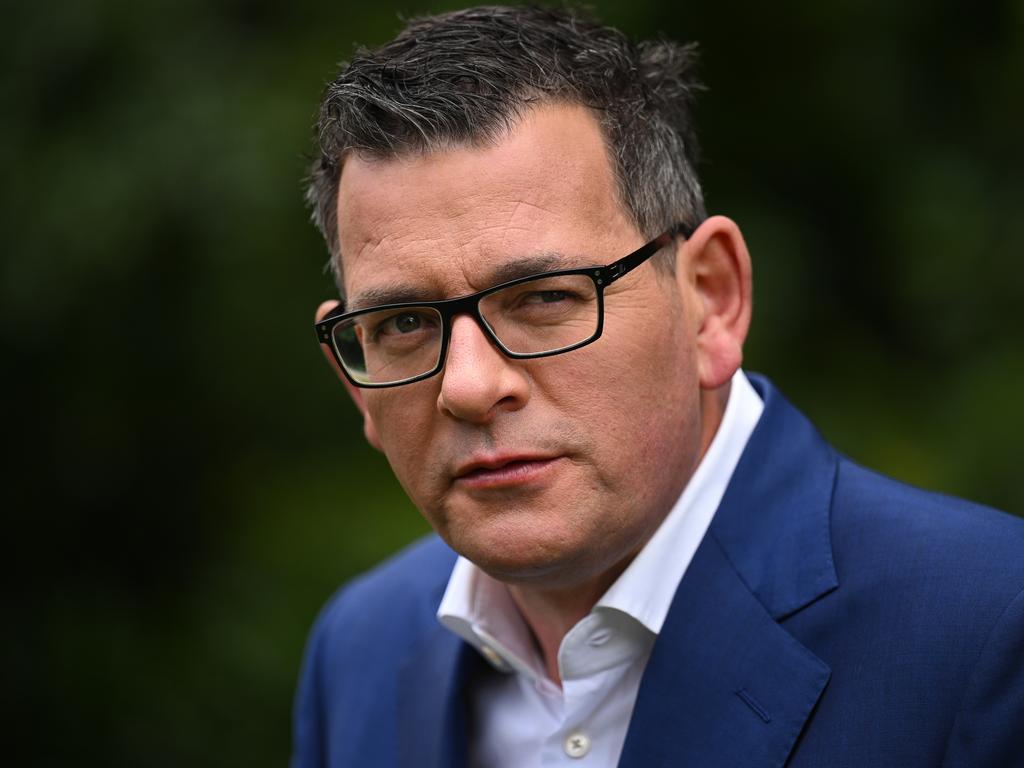
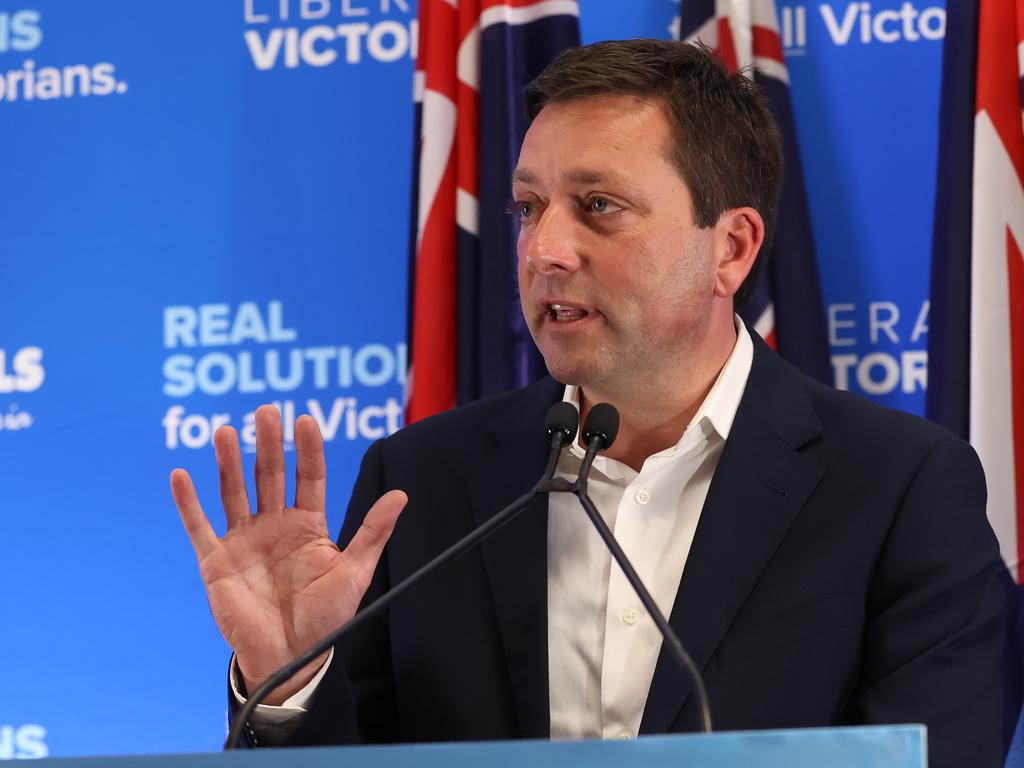
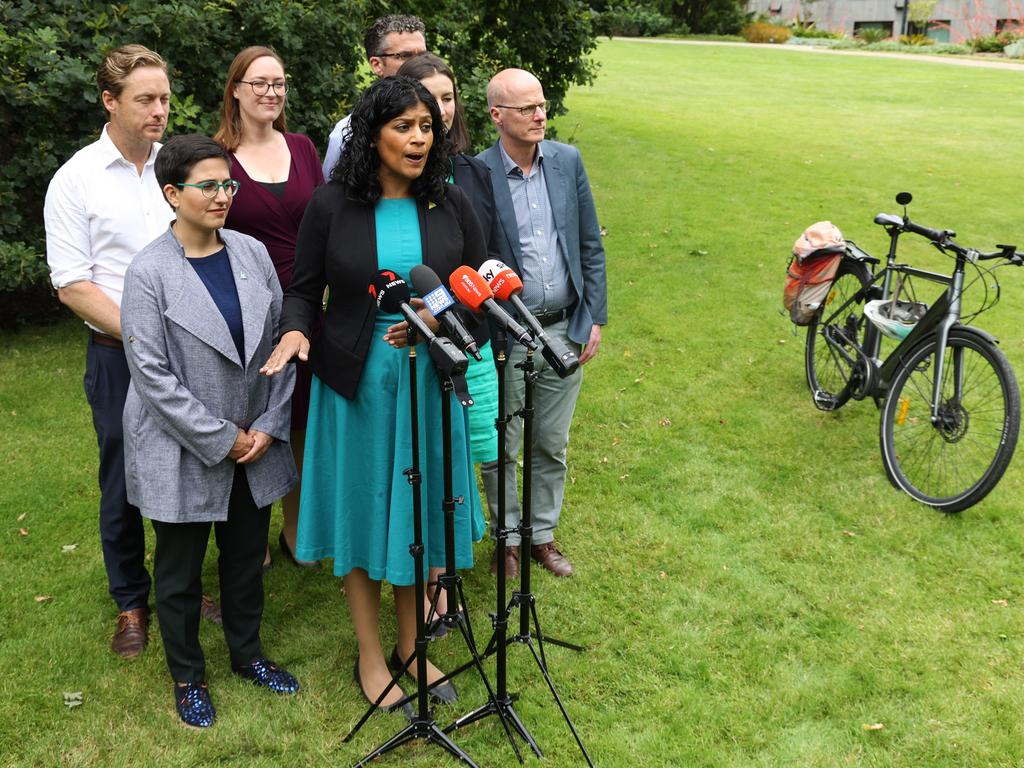


Former Liberal Party federal director Brian Loughnane and senator Jane Hume will deliver a verbal interim report on Monday to the party’s executive in Canberra on their review into the Coalition’s May election defeat. It won’t be pretty.